A student pilot has just learnt that meteorological information for aircraft en ? [ Multiple protocol ]
Question 178-1 : Single sideband receiver vhf receiver lf/mf receiver double sideband receiver
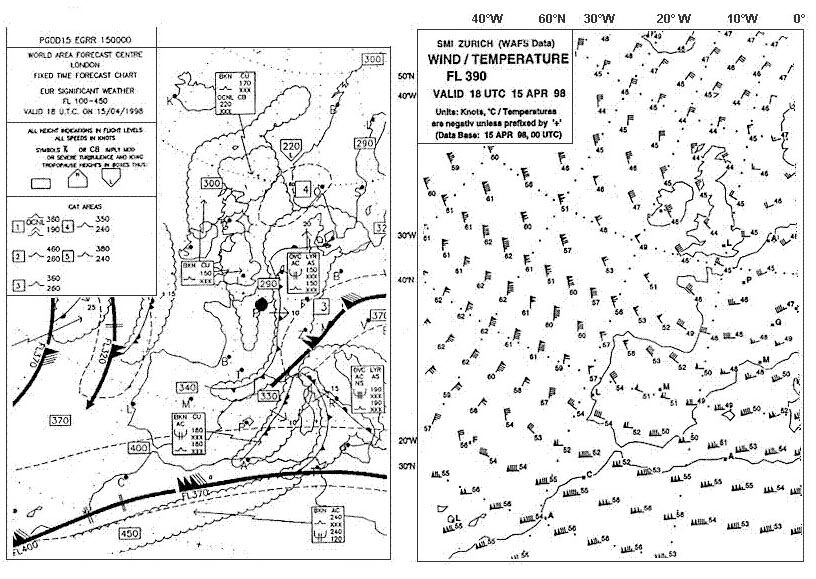 Single sideband receiver.
Single sideband receiver. Which of the following options contains the correct frequency band propagation ?
Question 178-2 : Hf 3 mhz to 30 mhz surface and sky waves vhf 108 mhz to 117 975 mhz sky waves mf 190 khz to 1750 khz surface and sky waves hf 3 mhz to 30 mhz surface waves only
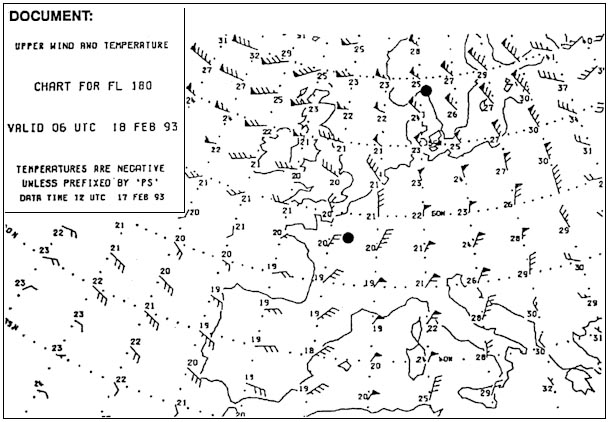 Hf, 3 mhz to 30 mhz, surface and sky waves.
Hf, 3 mhz to 30 mhz, surface and sky waves. International telecommunication union itu classification abbreviations used in ?
Question 178-3 : 1 a2a 2 ndbs 1 a2a 2 vors 1 a3e 2 ndbs 1 a3e 2 vors
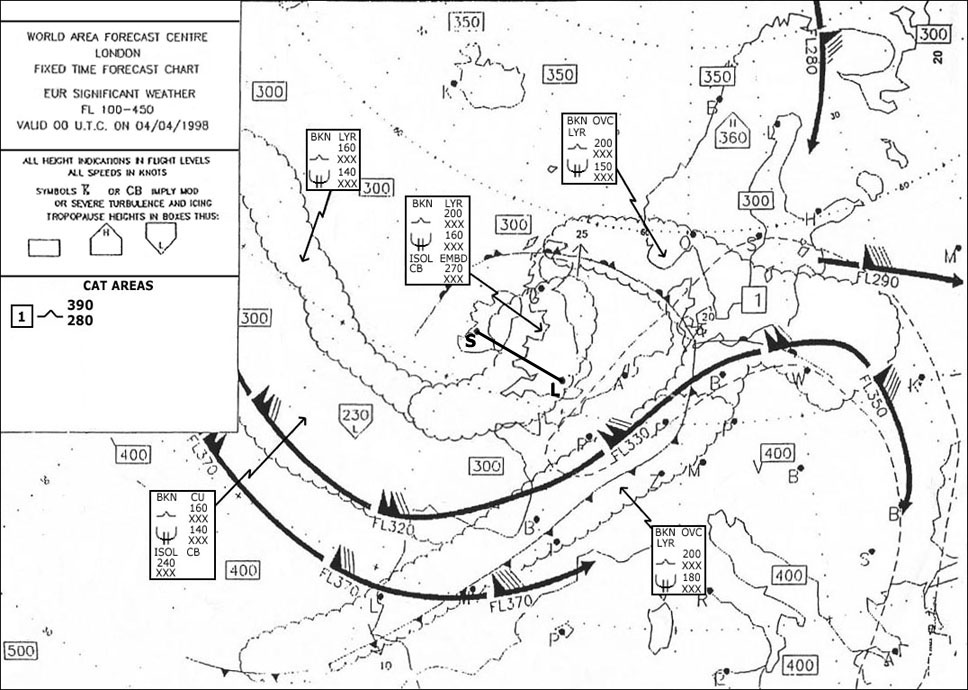 (1) a2a; (2) ndbs
(1) a2a; (2) ndbs 3 30 khz frequency band is referred to ?
Question 178-4 : Very low frequency vlf ultra low frequency ulf very high frequency vhf low frequency lf
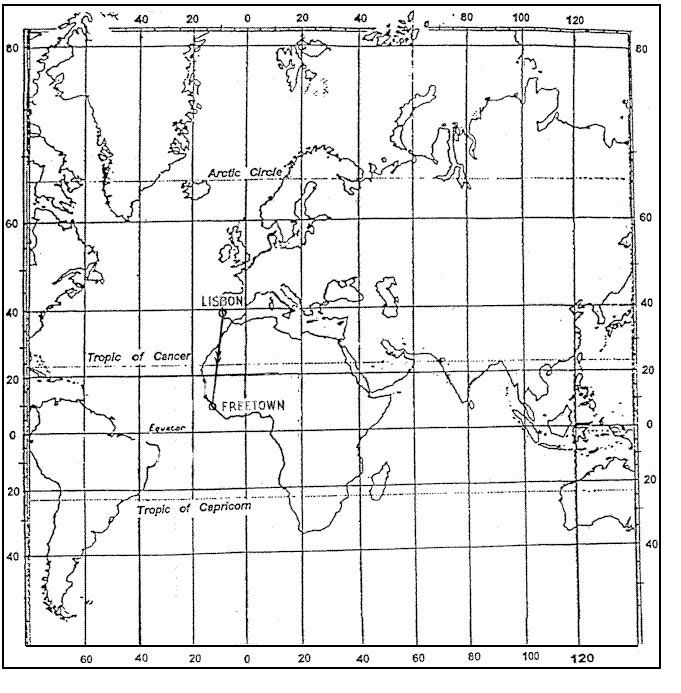 Very low frequency, vlf.
Very low frequency, vlf. Single sideband two way communication is used in what frequency band and how ?
Question 178-5 : Hf 3 30 mhz as ground waves and sky waves hf 3 30 mhz as ground waves only mf 3 30 mhz as ground waves mf 3 30 mhz as ground waves and sky waves
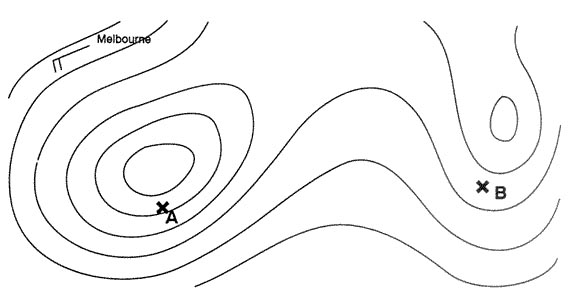 Hf (3-30 mhz), as ground waves and sky waves.
Hf (3-30 mhz), as ground waves and sky waves. The pilot of an aircraft changes its heading to the right from 214º to 334º ?
Question 178-6 : 40 seconds impossible to calculate because we need the aircraft's tas 30 seconds impossible to calculate because we need the aircraft's angle of bank
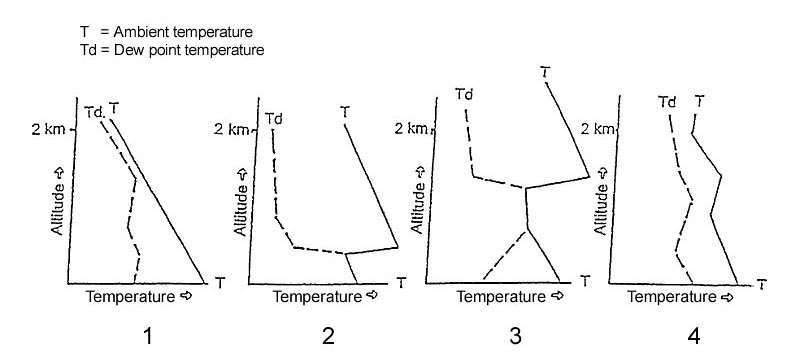 40 seconds.
40 seconds. You are trying to get a bearing on an ndb in the hf frequency range in theory ?
Question 178-7 : Climb to increase your chance of capturing the sky wave climb to increase your chance of capturing the ground wave increase your distance from the ndb to better capture the ground wave fly towards the ndb to better capture the sky wave
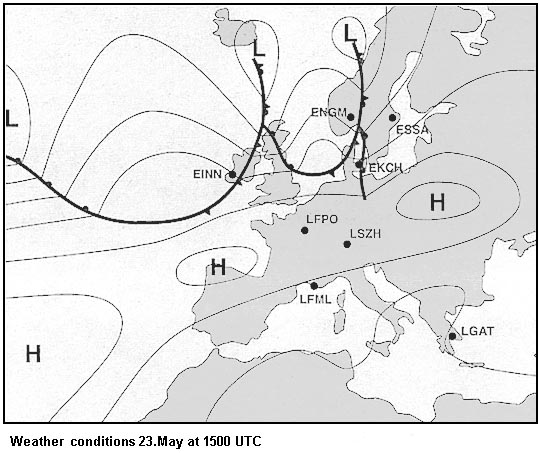 Climb to increase your chance of capturing the sky wave.
Climb to increase your chance of capturing the sky wave. A pilot departs an aerodrome on the west coast of spain at dawn for a flight to ?
Question 178-8 : Space waves have no reflection by the ionosphere no surface waves fading by reflected signals and limited transmission power absorption by the ionosphere and no direct waves inversion of polarisation by the ionosphere and attenuation
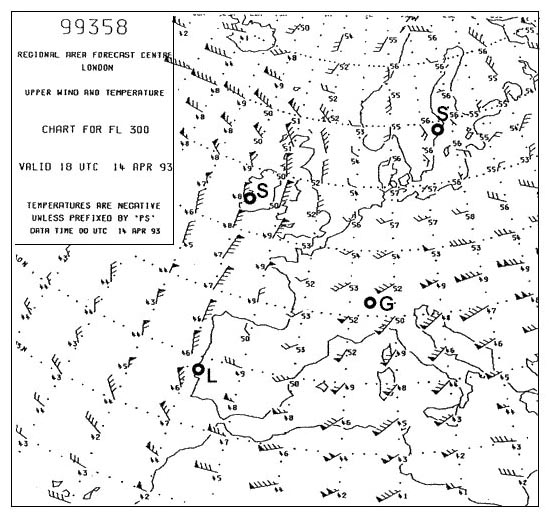 Space waves have no reflection by the ionosphere, no surface waves.
Space waves have no reflection by the ionosphere, no surface waves. An aircraft is flying in the skip zone dead space the pilot wishes to ?
Question 178-9 : 1 higher 2 sky 1 lower 2 surface 1 towards the station 2 sky 1 away from the station 2 surface
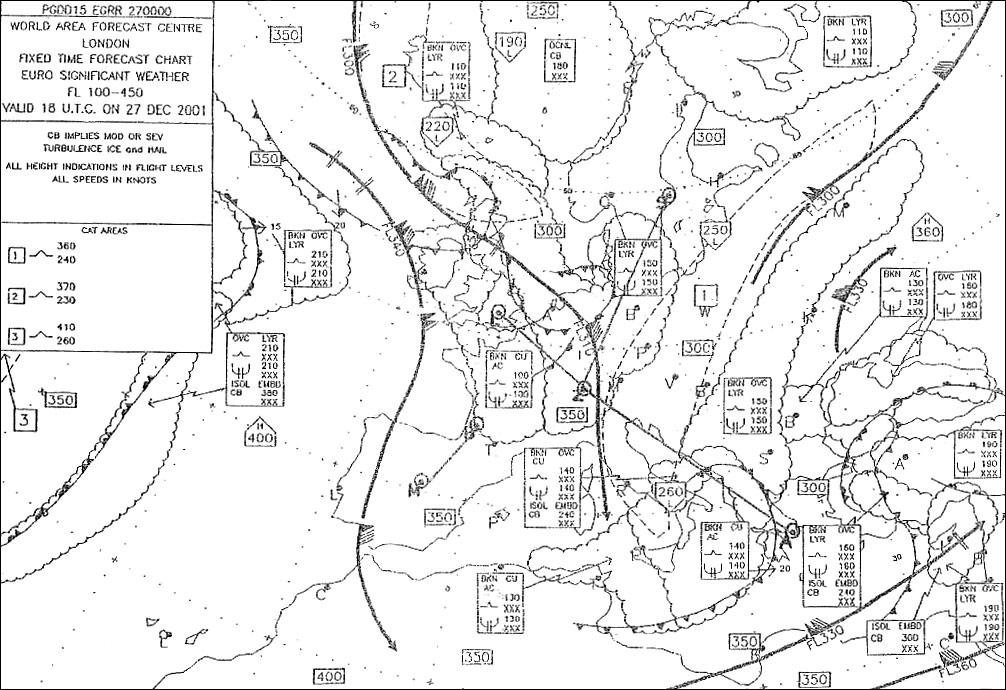 (1) higher; (2) sky
(1) higher; (2) sky Imagine an aircraft not equipped with automatic temperature correction what ?
Question 178-10 : Colder temperature reduces your glide path angle warmer temperature reduces your glide path angle temperature has no effect on your glide path angle colder temperature highers your glide path angle
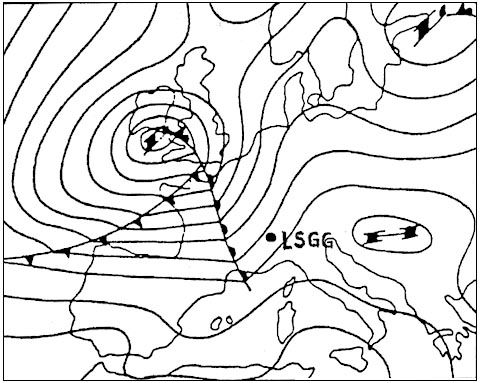 Colder temperature reduces your glide path angle.
Colder temperature reduces your glide path angle. What is the maximum theoretical range at which an aircraft flying at 3500 ft ?
Question 178-11 : 87 nm 87 km 74 nm 74 km
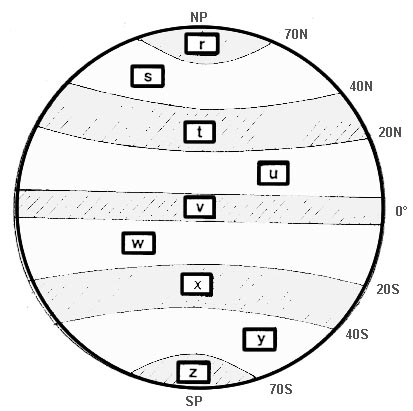 87 nm
87 nm The frequency of the amplitude modulation and the colour of an outer marker om ?
Question 178-12 : 400 hz blue 400 hz amber 1300 hz blue 3000 hz blue
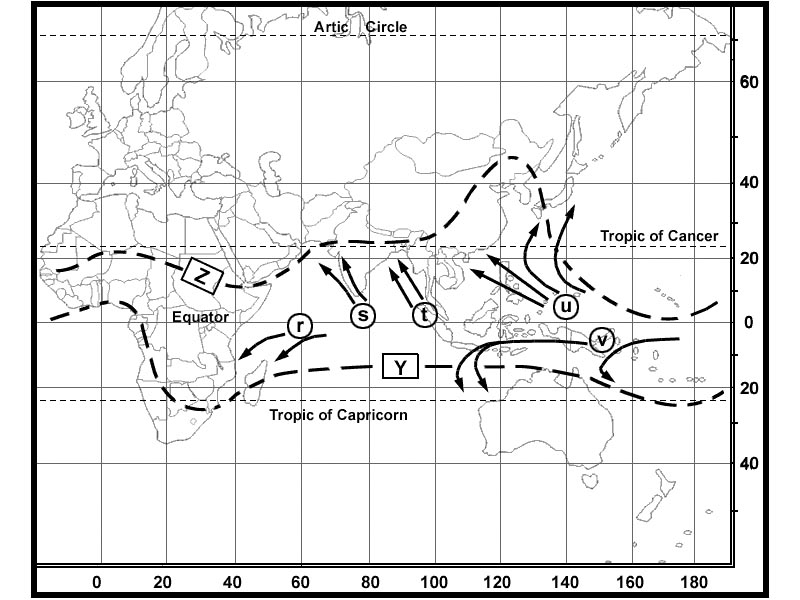 400 hz, blue.
400 hz, blue. An rmi indicates aircraft heading and bearing .to convert the rmi bearings of ?
Question 178-13 : Ndb aircraft position .vor beacon position ndb beacon position .vor beacon position ndb beacon position .vor aircraft position ndb aircraft position .vor aircraft position
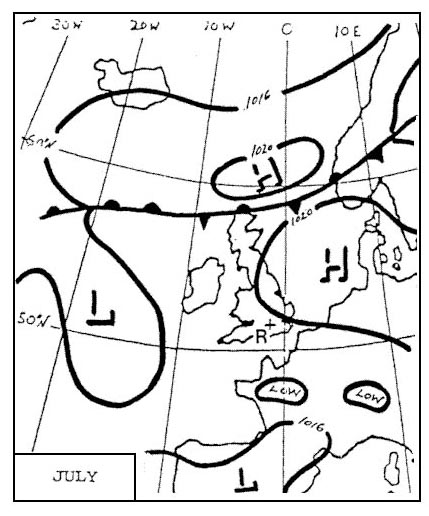 Ndb: aircraft position xsxvor: beacon position.
Ndb: aircraft position xsxvor: beacon position. An aircraft is flying on the true track 090° towards a vor station located ?
Question 178-14 : 255° 278° 262° 285°
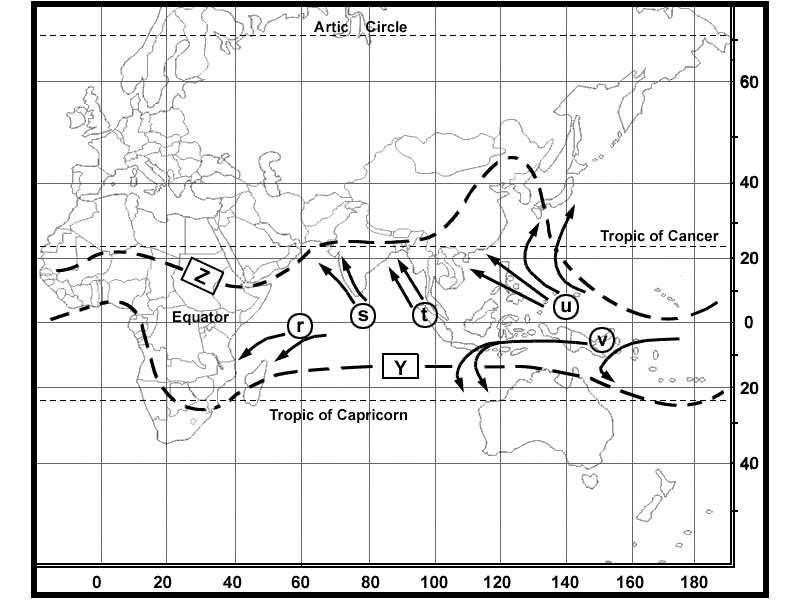 255°.
255°. Given .magnetic heading 280° .vor radial 090° .what bearing should be ?
Question 178-15 : 270° 280° 100° 090°
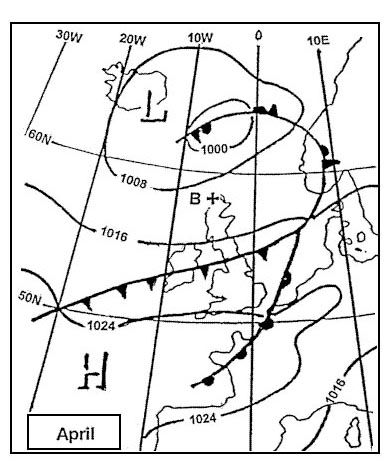 270°.
270°. A vor is sited at position 58°00'n 073°00'w where the magnetic variation ?
Question 178-16 : 212° 208° 360° 180°
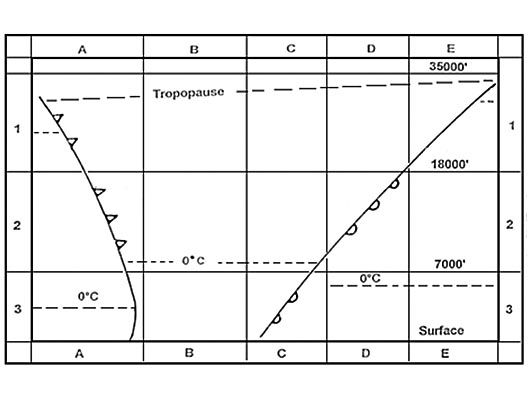 212°.
212°. In order to plot a bearing from a vor station a pilot needs to know the ?
Question 178-17 : At the vor at the aircraft location at the half way point between the aircraft and the station at both the vor and aircraft
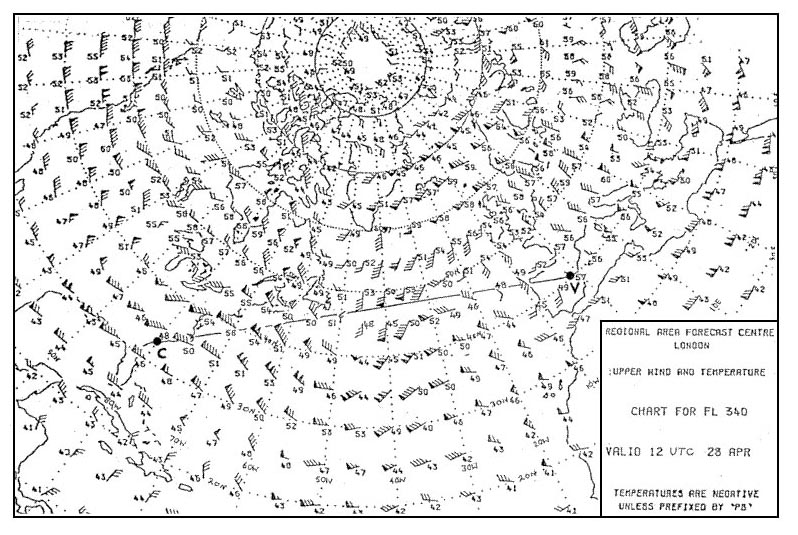 At the vor.
At the vor. An aircraft dme receiver does not lock on to its own transmissions reflected ?
Question 178-18 : They are not on the receiver frequency dme transmits twin pulses the pulse recurrence rates are varied dme uses the uhf band
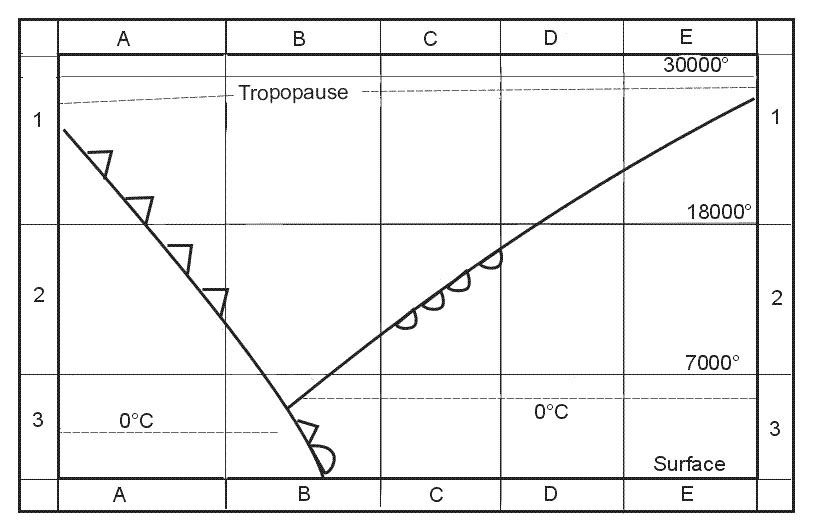 They are not on the receiver frequency.
They are not on the receiver frequency. A dme is located at msl an aircraft passing vertically above the station at ?
Question 178-19 : 6 nm 7 nm 11 nm 8 nm
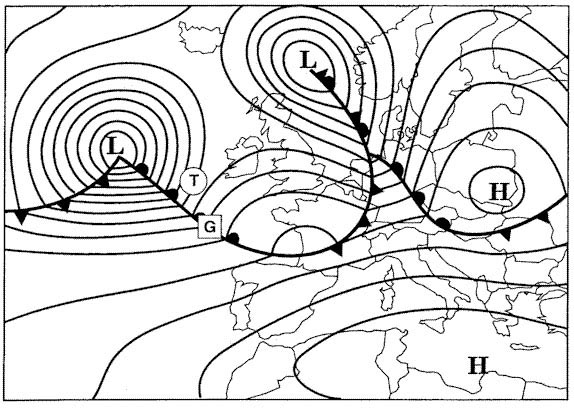 6 nm.
6 nm. During a flight at fl 210 a pilot does not receive any dme distance indication ?
Question 178-20 : Aircraft is below the 'line of sight' altitude aircraft is circling around the station altitude is too high range of a dme system is always less than 200 nm
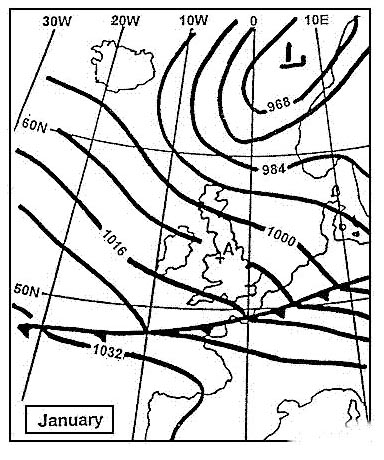 Aircraft is below the 'line of sight' altitude.
Aircraft is below the 'line of sight' altitude. Which of the following will give the most accurate calculation of aircraft ?
Question 178-21 : A dme station sited on the flight route an adf sited on the flight route a vor station sited on the flight route a dme station sited across the flight route
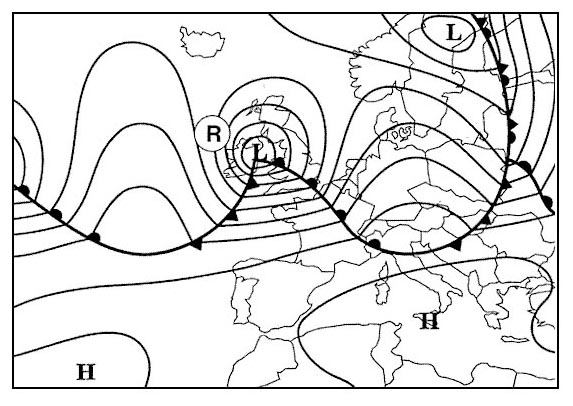 A dme station sited on the flight route.
A dme station sited on the flight route. What is the approximate angular coverage of reliable navigation information for ?
Question 178-22 : 1 35° above the horizontal to 5 25° above the horizontal and 8° each side of the localiser centreline 0 45° above the horizontal to 1 75° above the glide path and 8° each side of the localiser centreline 0 7° above and below the glide path and 2 5° each side of the localiser centreline 3° above and below the glide path and 10° each side of the localiser centreline
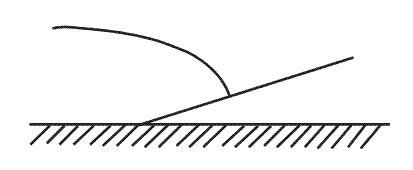 1.35° above the horizontal to 5.25° above the horizontal and 8° each side of the localiser centreline.
1.35° above the horizontal to 5.25° above the horizontal and 8° each side of the localiser centreline. A vor is sited at position a 45°00'n 010°00'e .an aircraft is located at ?
Question 178-23 : 190° 195° 185° 180°
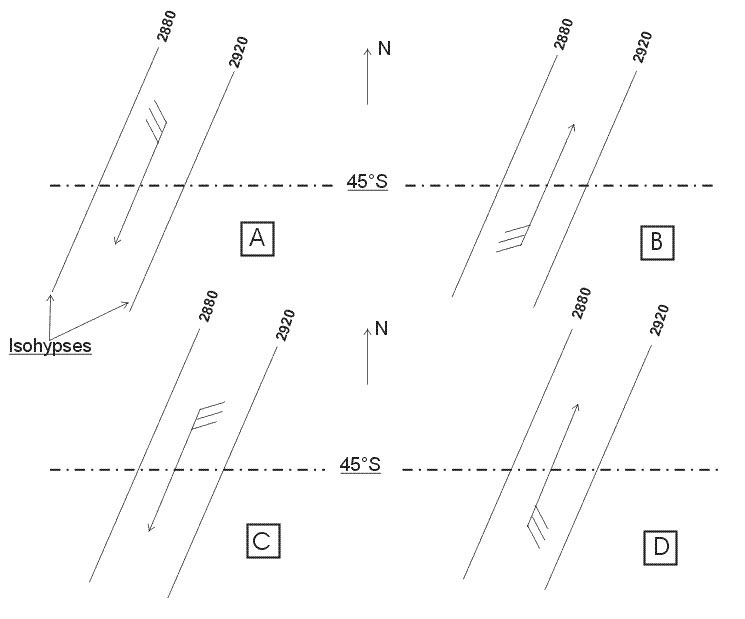 190°.
190°. A dme station is located 1000 feet above msl .an aircraft flying at fl 370 in ?
Question 178-24 : 16 nm 14 nm 15 nm 17 nm
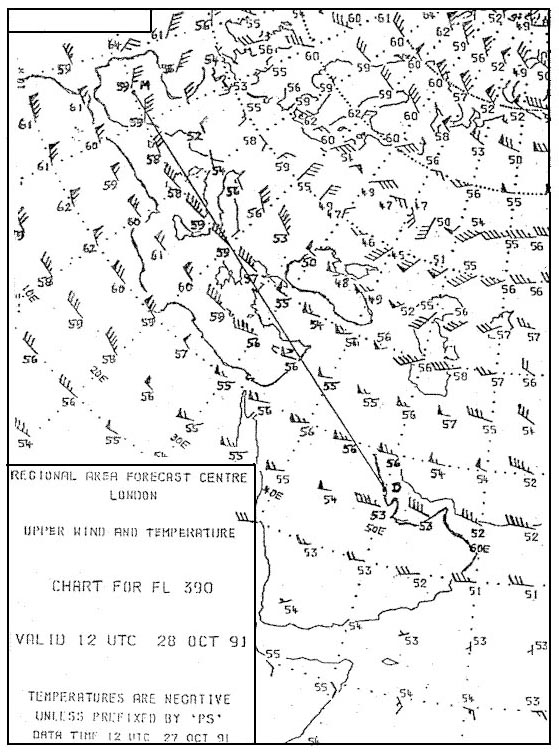 16 nm.
16 nm. What is the approximate maximum theoretical range at which an aircraft at fl130 ?
Question 178-25 : 180 nm 220 nm 120 nm 150 nm
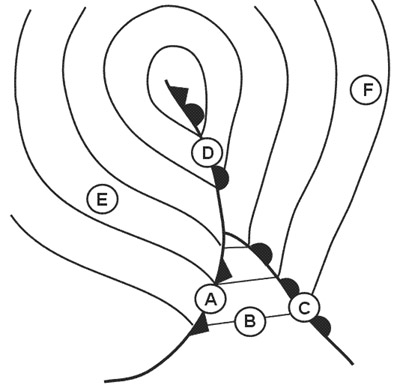 180 nm.
180 nm. In isa conditions what is the maximum theoretical range at which an aircraft at ?
Question 178-26 : 134 nm 158 nm 107 nm 114 nm
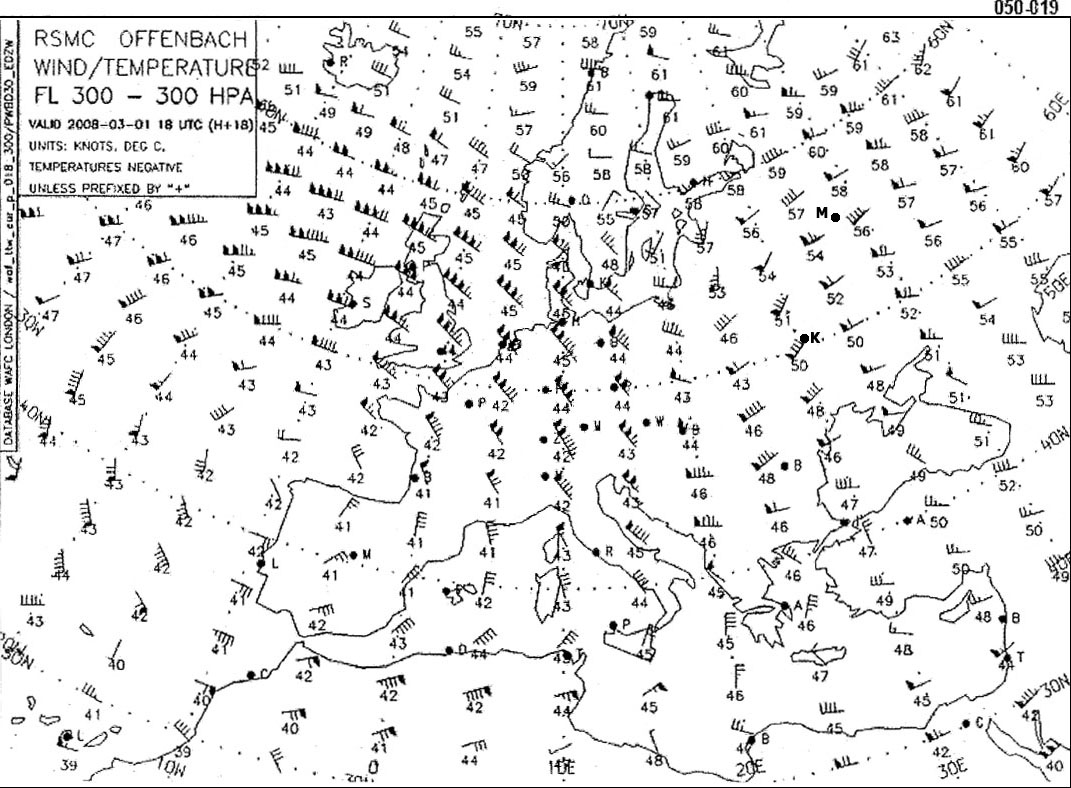 134 nm.
134 nm. The principle used in vor bearing measurement is ?
Question 178-27 : Phase comparison envelope matching beat frequency discrimination difference in depth of modulation
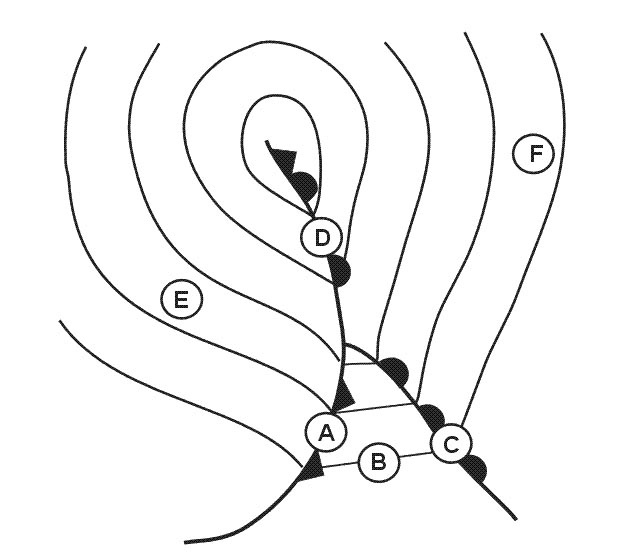 Phase comparison.
Phase comparison. You are flying along an airway which is 10 nm wide 5 nm either side of the ?
Question 178-28 : 1 5 3 0 4 5 6 0
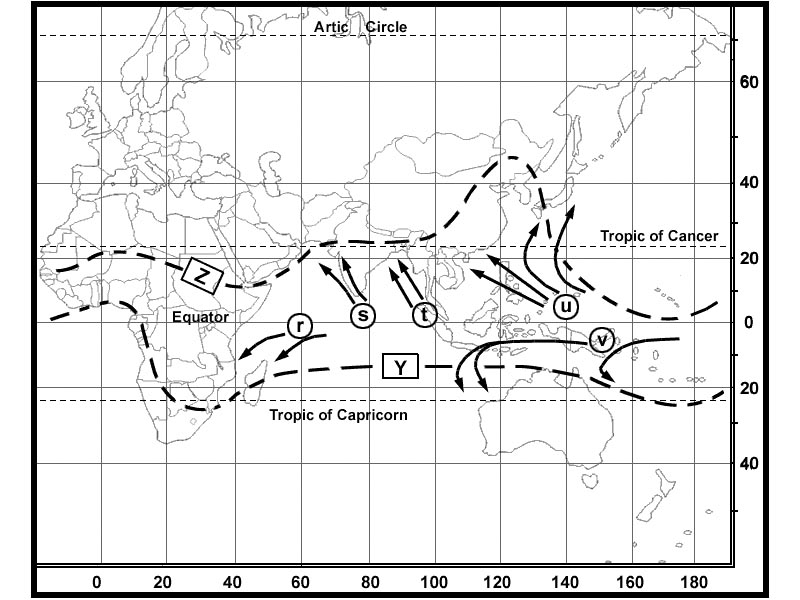 1.5
1.5 An airway 10 nm wide is to be defined by two vors each having a resultant ?
Question 178-29 : 105 nm 50 nm 165 nm 210 nm
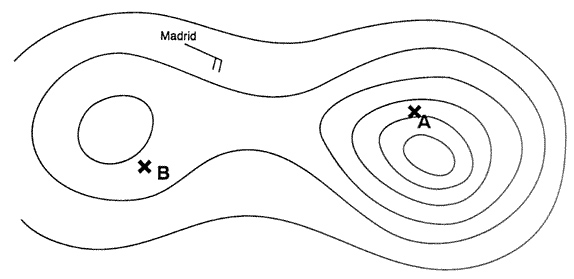 105 nm.
105 nm. An aircraft is required to approach a vor via the 104° radial .which of the ?
Question 178-30 : 284° with the to flag showing 284° with the from flag showing 104° with the to flag showing 104° with the from flag showing
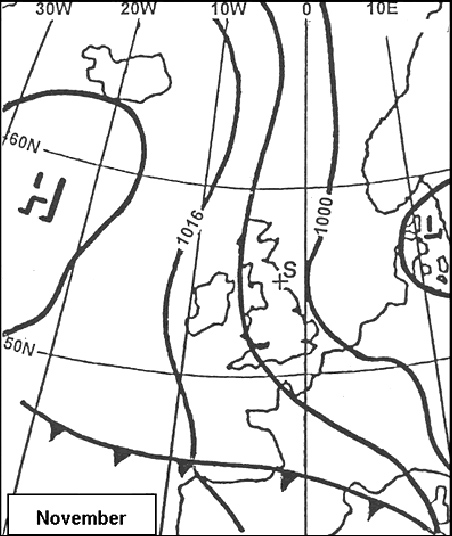 284° with the to flag showing.
284° with the to flag showing. An aircraft is required to approach a vor station via the 244° radial .in ?
Question 178-31 : 064° with the to flag showing 064° with the from flag showing 244° with the from flag showing 244° with the to flag showing
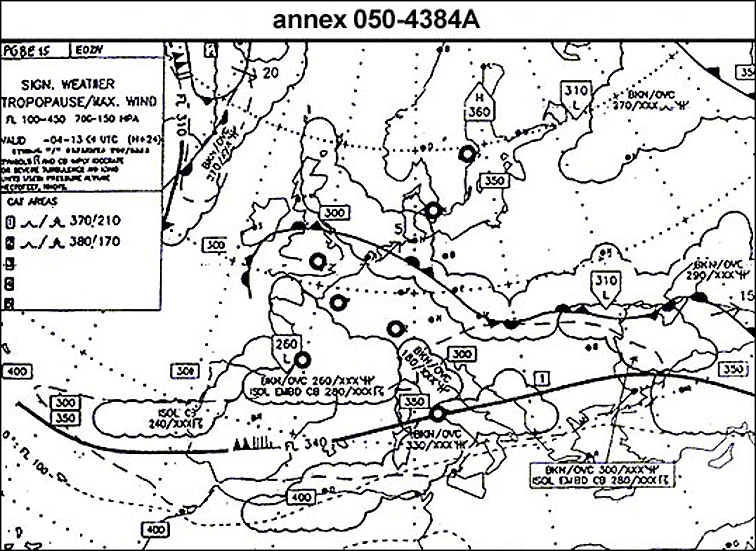 064° with the to flag showing.
064° with the to flag showing. What is the maximum theoretical range that an aircraft at fl150 can receive ?
Question 178-32 : 181 nm 220 nm 147 nm 156 nm
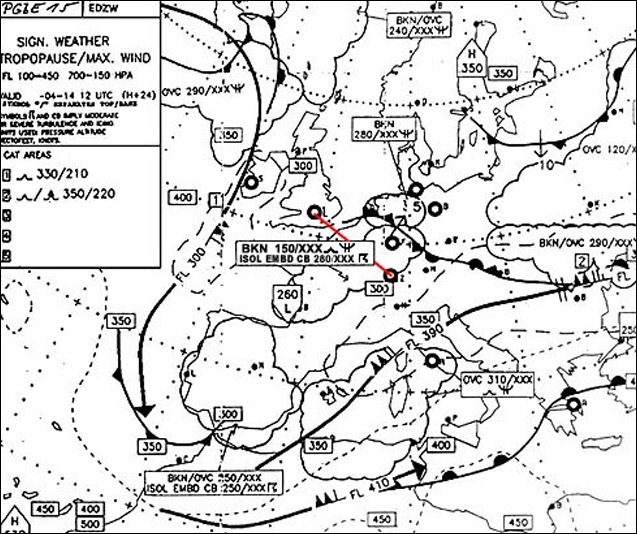 181 nm.
181 nm. For a conventional dme facility 'beacon saturation' will occur whenever the ?
Question 178-33 : 100 200 60 80
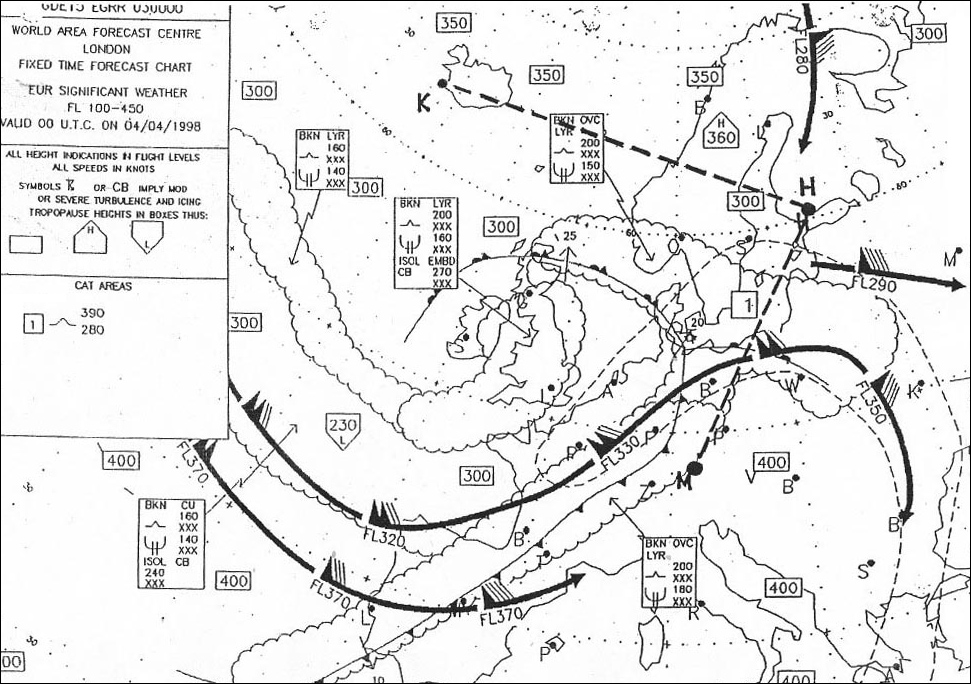 100.
100. The aircraft dme receiver is able to accept replies to its own transmissions ?
Question 178-34 : The time interval between pulse pairs is unique to that particular aircraft transmission frequencies are 63 mhz different for each aircraft pulse pairs are amplitude modulated with the aircraft registration aircraft interrogation signals and transponder responses are 63 mhz removed from each other
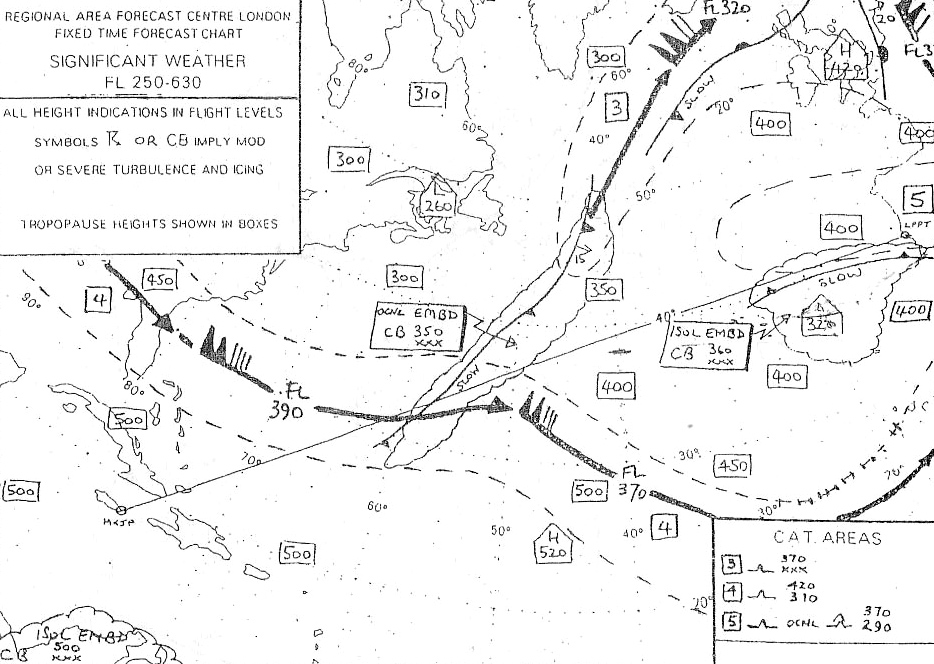 The time interval between pulse pairs is unique to that particular aircraft.
The time interval between pulse pairs is unique to that particular aircraft. The aircraft dme receiver cannot lock on to interrogation signals reflected ?
Question 178-35 : Aircraft transmitter and dme ground station are transmitting on different frequencies reflections are subject to doppler frequency shift dme transmits twin pulses dme pulse recurrence rates are varied
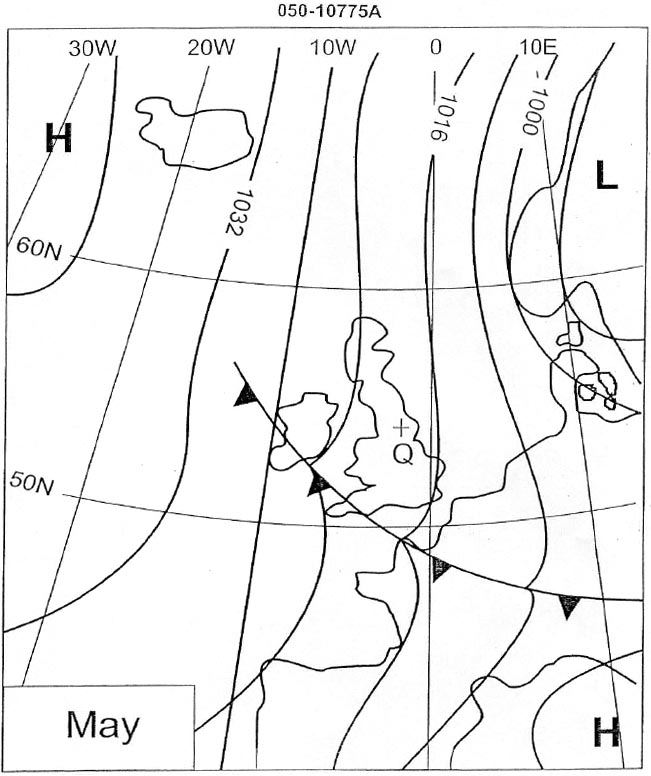 Aircraft transmitter and dme ground station are transmitting on different frequencies.
Aircraft transmitter and dme ground station are transmitting on different frequencies. The design requirements for dme n stipulate that at a range of 100 nm the ?
Question 178-36 : + or 1 5 nm + or 3 nm + or 0 25 nm + or 1 25 nm
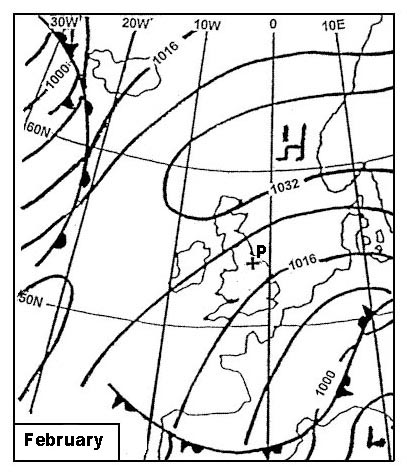 + or - 1.5 nm.
+ or - 1.5 nm. In which situation will speed indications on an airborne distance measuring ?
Question 178-37 : When tracking directly towards the station at a range of 100 nm or more when passing abeam the station and within 5 nm of it when overhead the station with no change of heading at transit when tracking directly away from the station at a range of 10 nm
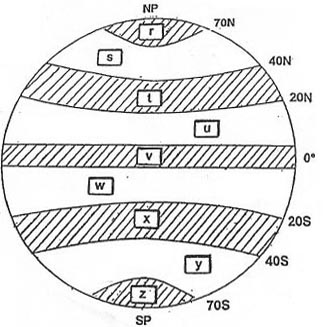 When tracking directly towards the station at a range of 100 nm or more.
When tracking directly towards the station at a range of 100 nm or more. The time taken for the transmission of an interrogation pulse by a distance ?
Question 178-38 : 158 nm 296 nm 316 nm 186 nm
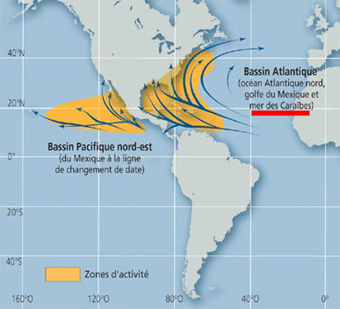 158 nm.
158 nm. The reason why pre take off holding areas are sometimes further from the active ?
Question 178-39 : Aircraft manoeuvring near the runway may disturb guidance signals heavy precipitation may disturb guidance signals to increase distance from the runway during offset approach operations to increase aircraft separation in very reduced visibility conditions
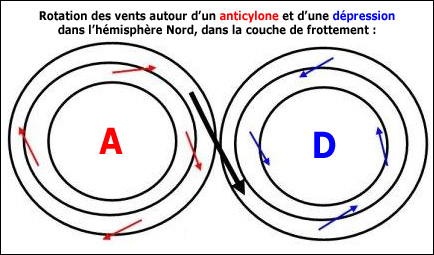 Aircraft manoeuvring near the runway may disturb guidance signals.
Aircraft manoeuvring near the runway may disturb guidance signals. An aircraft tracking to intercept the instrument landing system ils localiser ?
Question 178-40 : May receive false course indications only glide path information is available will receive signals without identification coding can expect signals to give correct indications
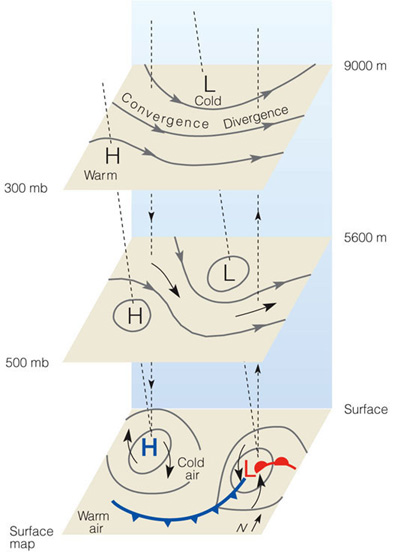 May receive false course indications.
May receive false course indications. ~
Exclusive rights reserved. Reproduction prohibited under penalty of prosecution.
7079 Free Training Exam
